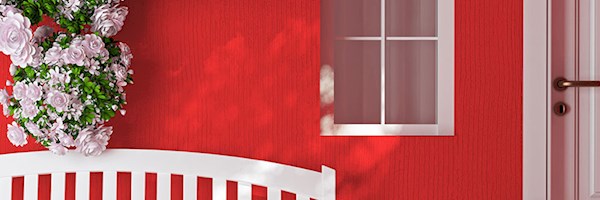Avoid confusion during a property transaction with this guide on how to differentiate between movable and fixed property.
You rescued that genuine Victorian broekie lace when they demolished Auntie May’s crumbling old place in the Karoo, and you installed it on your stoep in Sandton. You loved visiting the old girl when you were a kid, and you’re emotionally attached to her broekie lace, but now you’re selling in Sandton - can you take it with you?
Well, it depends.
According to Barry Fourie, National Training Manager for the Rawson Property Group, “Many disagreements between buyers and sellers of immovable property come about because of misunderstandings about what the seller may remove when vacating the property – and what has to remain there.”
In fact the question is dealt with in various pieces of legislation - including the Alienation of Land Act 1981 (with amendments), and more recently, the Consumer Protection Act 2008 (the CPA), which forbids ambiguity or deception in the promotion or sale of goods or services (there’s a comprehensive summary of the CPA here).
The widely accepted rule said Barry - the law, in fact - is that “all permanent fixtures are included in the sale of a property and may not be removed by the seller.”
But this begs the question of what’s permanent and what’s temporary.
“The simplest way to determine this is to imagine turning the house upside down,” said Barry. “What would fall off and what would remain in place?”
It goes further, though, because you need to determine if an item of personal property is moveable, or whether it’s become a fixture.
If it’s attached permanently to the buildings or property by means of nuts, bolts, glue, cement, etc. - or even if it’s been planted and has taken roots - it’s considered to have become immovable property and thus part of the real estate. So, for example, curtain rails (which are screwed to the walls) are fixtures, while the curtains themselves - which are only temporarily clipped to the rails - will usually be considered personal property, and would therefore not be included in the sale.
CLEAR AND DEFINED
So does your broekie lace have to stay behind?
Not necessarily - because you do have the right to negotiate which items are included and which are excluded from a sale.
But, said Barry, making sure that both parties understand exactly what’s included requires a certain amount of responsibility - and even hard work - on the part of the seller.
“The golden rule,” he said, “is to leave nothing open to doubt or misinterpretation.” And the only way to do this is to write into your contract a list of all permanent fixtures included or excluded from the sale (and if you are planning to leave any movable items behind, you should list those, too).
Drawing up such a list might be tedious, but it’s “particularly important because if the matter does reach the courts, South African property law almost always relies very heavily on written rather than verbal agreements.”
Barry warned, though, that “if the removal of a permanent fixture results in some part of the remaining structure being damaged - as it usually does - the contract must stipulate that the repairs will be completed at the seller’s expense prior to transfer.”
So to answer your question: Yes, you can take it with you. As long as everyone knows you’re planning to.
